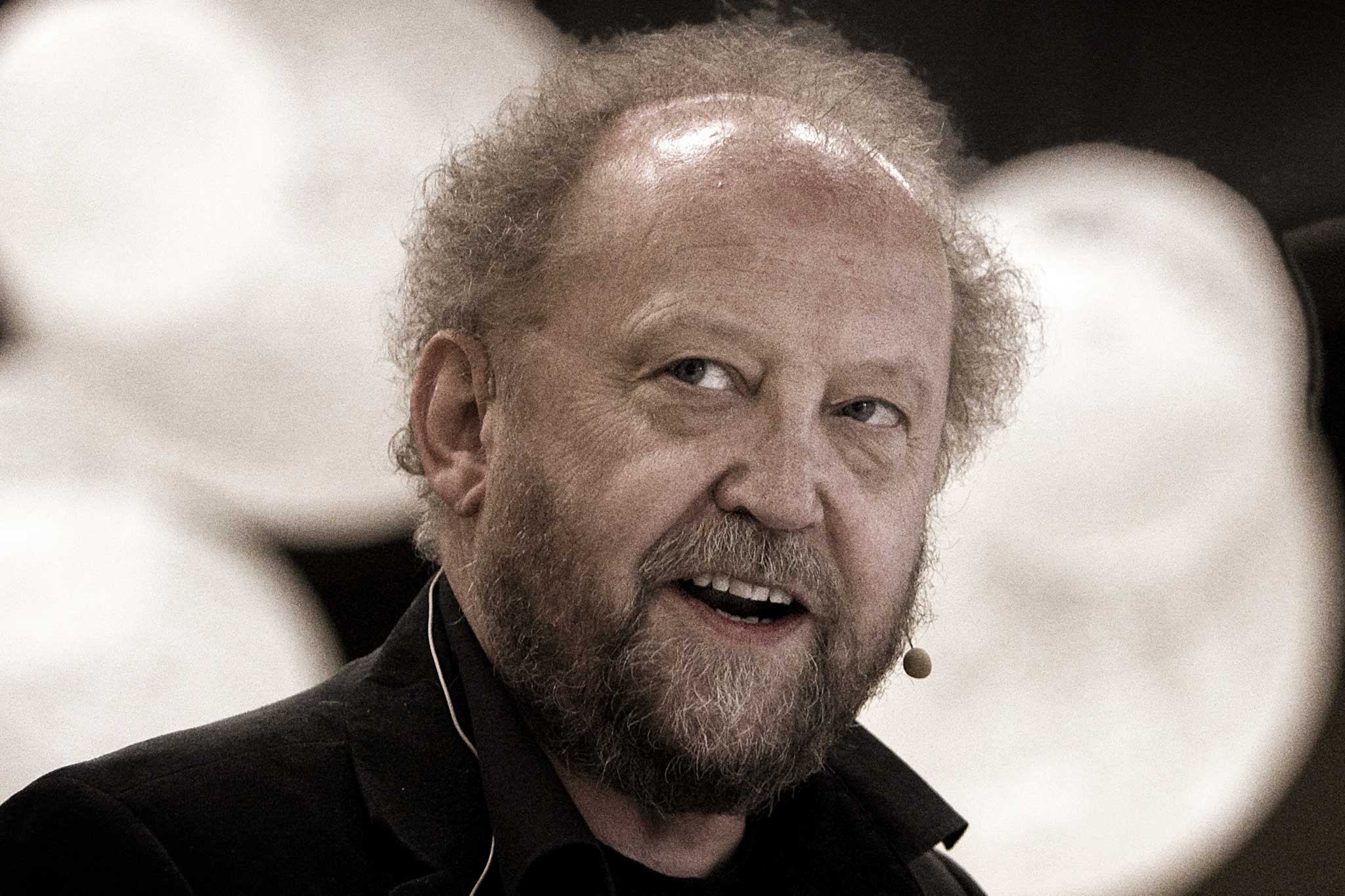South Korea and Seoul were quick out of the blocks in trying to slow the spread of the Covid-19 virus and, in doing so, have become a good example for many other countries. With its ten million inhabitants, Seoul is, after all, a megacity. Including Greater Seoul, the number rises to 25 million. The spread of infection has been limited by strict control and sampling.
South Korea is one of the world’s most innovative countries. In just a couple of generations, it has gone from being a poor agricultural nation to becoming one of Asia’s wealthiest countries. Industrial giants such as Samsung, LG, Hyundai and Kia have turned the country’s exports into global brands.
Seoul’s independent liberal mayor, Park Won-soon, aims to transform the city into the world’s leading environmental metropolis. In a green model city, smart full-scale building solutions are being tested for the first time, and the country’s researchers are working on a revolutionary transport system. And it is to Seoul that many of the world’s top politicians set their course when making study visits.
Seoul is a city of contrasts. If you follow a flight of steps down from a busy street in the bustling heart of the town, you could arrive at an oasis of rippling water, birdsong and greenery. Created as part of an urban renewal project that began eight years ago, Cheonggyecheon is a six-kilometre long restoration of the stream that was there up until the end of the Korean War when it was covered over by an elevated highway as part of the country’s post-war development. The project, which cost in the region of 255 million Euro, was an instant success and a turning point.
The new direction is clear to see in the hypermodern Seoul City Hall. In the lobby, you are met by a vertical garden, recognised by Guinness World Records as the world’s largest green wall. It is covered by plants that stretch up to the seventh floor in an area that is roughly 1,600 square metres. And it is here in the shade of the green oasis that the strategies for a sustainable Seoul are formed.
In addition to the 8,000 buses that traffic the streets, over seven million passengers a day are transported by the world’s highest-ranked metropolitan subway system. It is widely known for its superb ease of use, smart ticketing system, temperature-controlled carriages and free Wi-Fi.
But most of all, Seoul is investing in energy-saving initiatives. The One Less Nuclear Plant action programme is aimed at reducing the city’s energy needs with the equivalent of an entire nuclear power plant. One of the items recently won the UN Public Service Award, and already has over a million members.
South Korea is investing heavily in hydrogen. The government, in collaboration with the business community, is spending almost two billion Euros on an expansion of the hydrogen infrastructure. The scheme will hopefully help the country to establish itself at the top of the global market for hydrogen-powered vehicles. According to Electrive.com, the government expects the promotion of the hydrogen economy to generate nearly €34 billion in economic value and 420,000 new jobs by 2040. New industries and jobs will be created in the production, storage, transportation and use of hydrogen. This is an opportunity for South Korea to secure a new engine of growth.
In the same way, Seoul’s meetings and events industry is already prepared for the turnaround that is to come. Strategies are being updated, meetings venues and convention bureaus are ready, and it will not be long before marketing campaigns are underway to take the initiative to become a leading business events destination once again. Just as quick as the country stopped corona in its tracks, it now aims to pave the way to becoming one of the world’s most attractive meetings cities. And, to tell you the truth. I’m looking forward to that day.
